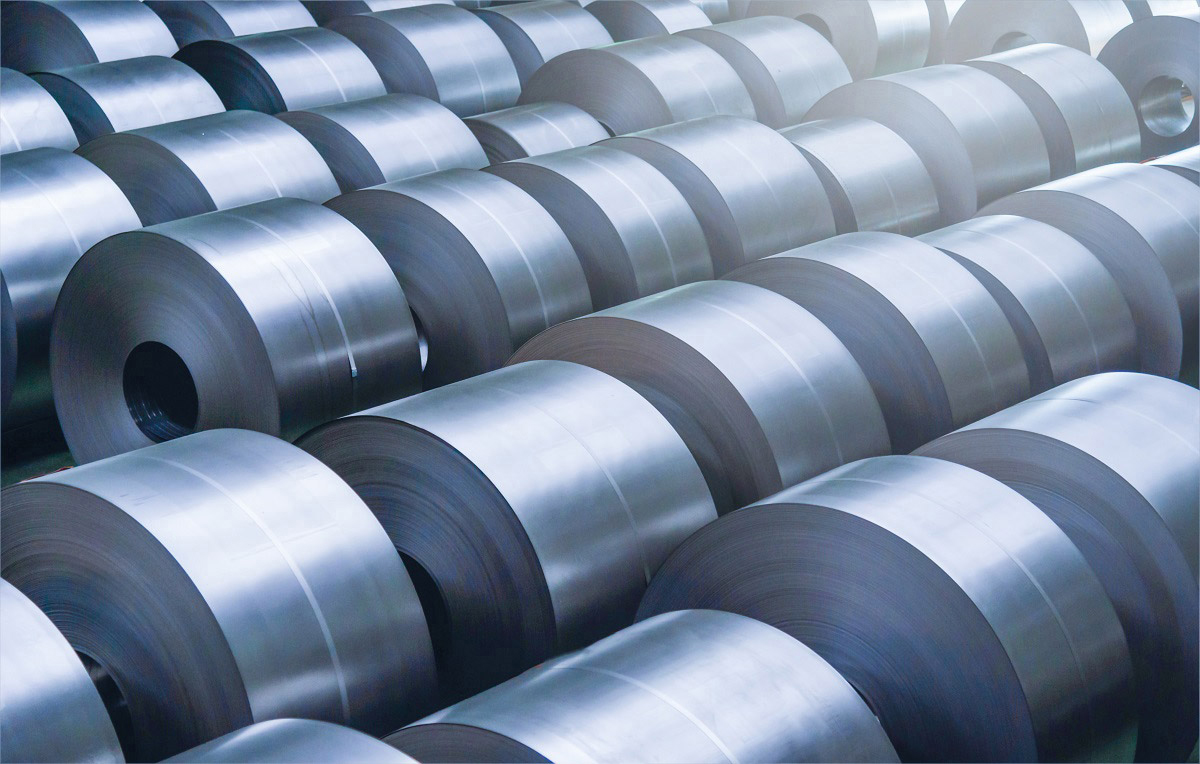Hot rolled and cold rolled steel are widely used in industry and construction. Although they are all made from the same main material, steel, their physical properties are different. In this article, DMC Global will help you learn more about the characteristics and how to distinguish these two types of materials.
Better understand hot rolled and cold rolled steel
Hot rolled and cold rolled steel have differences in production process, properties and applications. Specifically:
About hot rolled steel
Hot rolled steel has the abbreviation HRC (Hot Rolled Coil). As the name suggests, to produce the finished product, the material will be hot-rolled at a temperature higher than 1,700° F. This temperature is higher than the crystallization temperature of many other types of steel. Rolling steel at such a high temperature will make the finished steel product much easier to use.

To make hot rolled steel, we first need to start from the steel billet. The steel billet is heated, then pressed into rolls. Next, keep them at high temperature and run through rollers, the final product will be cut and packaged according to needs.
About cold rolled steel
Cold rolled steel has the abbreviation CR (Cold rolled) or CRS (Cold rolled steel). In contrast to hot-rolled steel, cold-rolled steel is rolled at low temperatures, approximately at room temperature.

The name cold rolled steel was born because cold rolling is also the final step in the production of this material, the steel billet is passed through rollers, stamped, and rolled. The finished product is passed through a cleaning line to remove the rust layer on the surface, then the surface will be cleaned and covered with a layer of protective oil.
The role of this material line in the construction industry
Uses of hot rolled steel
Hot rolled steel is widely used in many industries such as construction, ship manufacturing, rail production, car frames, corrugated iron, cast and welded pipes, as well as in the process of manufacturing shaped steel forms such as steel. I, V, U, H… and many others. In addition, it is also the main raw material for the production of cold-rolled steel, which can come in coils or sheets.
Uses of cold rolled steel
Cold rolled steel is applied to projects with high technical requirements, as well as precision and aesthetics. This type of steel is used to create products such as rolled steel, steel plates, thin steel plates, square and round details and products that require smooth surfaces.
In particular, cold rolled steel has higher hardness and durability than hot rolled steel, so the construction process is also much easier. Therefore, the cost of products made from cold rolled steel is also much higher.
Above are the shares related to hot rolled and cold rolled steel that DMC Global sends to our readers. Hopefully this information will help you in your process of researching and choosing to buy products. In addition, readers can learn more about products and distribution channels, or update the steel export situation of DMC Global here.
